There’s no questioning the success of the Toyota Corolla. Whether you compare national sales figures, international sales figures, private or fleet, the figures of the good-ol’ Corolla are almost second-to-none.
How else has the nameplate managed to stick around for the past 51 years? That, and garner an impressive cult following.
But it isn’t 1967 anymore. Things have changed. The small car market has heated up ferociously (the past few years, in particular).
The Hyundai i30 isn’t just a warranty on wheels – it’s properly good enough to knock heads with a Golf; the Mazda3 offers epic value-for-money and driving dynamics; and Honda’s still relatively-new Civic has been consistently rolling out of showrooms at an impressive rate.
So what does Toyota’s top-of-the-range Corolla ZR hatch have to offer then?
Saturday
Eager to find out if the current-gen Toyota Corolla still ‘has it’, I decided it’d be best to drive it up to my grandfather’s on the Central Coast. Not only does he comprehensively scrutinise every car he comes across, he's also driven every generation of Corolla since they first hit our shores. That's got to be worth something.
Oh, and there was a small family get-together for Saint Patrick’s Day too. So, naturally, I was dialed up from Sydney to be the designated driver. Safety first.
But before heading off, there was one glaring issue: the price. Listed as $33,803 drive-away on Toyota’s own website, the ZR hatch is quite expensive for what it is. Particularly for a vehicle that, a) is aimed at young families; and b) fails to have either rear-cross traffic alert or blind-spot monitoring. It seems like a bit of an oxymoron to me.
Reversing out onto my busy street and changing lanes in heavy Sydney traffic was much more difficult than what I expected from a Corolla. This was mostly due to the poor rear three-quarter visibility. While the rear-camera helped with reversing procedures, changing lanes on the move felt more like a blind leap of faith, rather than a confident and assured action.
That being said, as the August-launch of the brand-new Corolla comes closer every day, dealerships have already started to mark down current stock. A quick squiz online found that some dealerships have marked current-gen ZR hatchbacks down from $33,803 to $31,440 on the road.
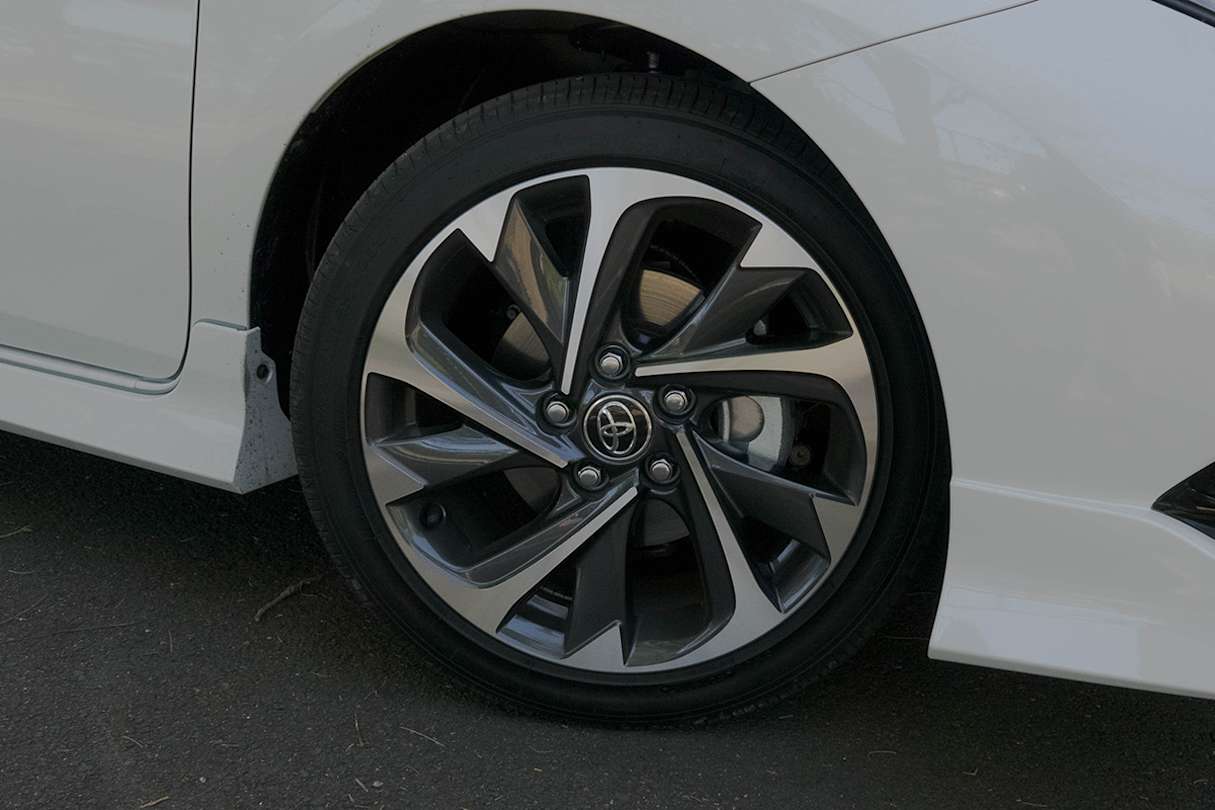
On the upside, you do get a push-button start with a proximity key, auto emergency braking (AEB), stability and traction control, cruise control, lane departure warning, a reversing camera, automatic LED headlights with auto-high beam, leather seats, heated front seats, paddle-shifters on the steering wheel, dual-zone climate control, and a six-speaker 7.0-inch touchscreen multimedia system with iPod integration and satellite navigation.
While the multimedia system provides good audio performance, the interface is slow to inputs, the buttons can be difficult to use, and the sat nav constantly offers directional ‘alternatives’ that add on extra kays and travel time. I’d rather the opposite, thank you.
No Corolla features Apple CarPlay or Android Auto.
Things get better once you’re out on the road. The suspension does an above-average job of absorbing all the bumps sprung up by the stylish, low profile 17-inch wheels, and there’s a decent restriction of wind noise and tyre roar to boot.
The 1.8-litre multi-point fuel injected four-cylinder engine feels long in the tooth however, with modest power outputs (103kW/173Nm) and less than impressive fuel consumption.
I achieved 6.5L/100km on the highway and 11.5L/100km in the city.
##nid:68269##
Power delivery is smooth and linear, with the seven-stage continuously-variable transmission (CVT) auto making adequate use of the engine’s mid-range torque (or lack thereof) under most circumstances.
I’d say Toyota makes the best CVT autos these days, but that doesn’t mean this one isn’t without its quibbles. The unit in this Corolla features two separate drive modes – ‘eco’ and ‘normal’ – and automatically swaps between the two dependent on your action with the throttle. The problem here is that the narrow envelope between the sluggish, low-revving ‘eco mode’ and spirited, free-spinning ‘normal mode’ is constantly at war with each other (and your foot) during mid-range acceleration or when you’re going up a hill.
It will constantly bounce between the two modes. Normally you’ll be accelerating in ‘normal mode’, but lift off the accelerator for a moment (the car will now fall back in ‘eco mode’), go to reapply the accelerator to the same position, and… nothing. The car will still apply the same 45% throttle opening as before, but the CVT is now committed to taller gearing, causing the engine to turn over at, say, 1400rpm instead of 2400rpm. This means you’ve now fallen into ‘eco mode’ and the only way to get out of that is with some good old fashioned pedal smashing.
It can be a one-foot juggling act, but at least the instrument cluster gives you a little digital graph to show you what mode you’re in and how aggressively you need to accelerate to get out of it.
Unlike some competitors – like the Volkswagen Golf – the Toyota Corolla will be more than happy to drink regular 91RON unleaded.
The front heated-leather seats felt good thanks to their side-bolstering and strong, electronically-adjustable lumbar support. There was plenty of adjustment all over; allowing me get into a deep and comfortable driving position that gave me maximum power over all the controls.
After arriving at my grandfather’s, the standard conversation commenced. After highlighting the car’s tight dimensions, great looks, and impressive moonroof, my grandfather inhaled to give his mighty response: “Does it have a full-size spare? You gotta have a full-size spare.”
Unfortunately, it does not. All Corollas have a temporary space-saver spare tyre.
##nid:68270##
Nor is the back seat particularly impressive, either. As my family tumbled inside before heading out to the local Leagues Club, the rear seats felt more like a bench than anything else. The seat(s) are quite flat - both in terms of raked base angle and by lacking the necessary moulded scoops to sit ‘inside’, rather than perching on top.
Partially thanks to an unobtrusive transmission tunnel, there was plenty of knee, leg, and ankle-room for the three adults in the back, but headroom was restricted. Particularly when the optional ($1530 - exclusive to ZR hatch) 'Skyview' moonroof blind was closed.
But that wasn’t the biggest problem. As my mother’s six-foot partner found out after getting into the front passenger seat, the steeply raked roofline and A-pillar proved to be an issue. Even after driving around for a full five minutes, I still couldn’t stop tearfully laughing over the steering wheel from seeing him painfully smash his forehead into the A-pillar.
I bought him a round of drinks to make up for it.
Sunday
As I found out while buying breakfast supplies for everyone in the morning, the boot of the Corolla is quite practical. At 360 litres, it’s not the largest boot, outdone by the Hyundai i30 at 395L, but it does have a low-load sill which makes it easier to haul in heavier items, should you have pipe cleaner arms like myself.
After ruining breakfast for everyone (burnt bacon, underdone eggs), I quietly slipped out the back door and was eager to head back home. But not before test driving my mother’s current-gen Mazda 3 Touring for a comparison.
Neither is a hot hatch, but the composure and engagement of the garden-variety Mazda are really top notch for what you’re paying, and I was keen to see what the Corolla would be like back-to-back. If you’re the type of driver who loves to press on every now-and-then, the Mazda is hard to fault. But the Corolla isn’t as far behind as you might expect, particularly for a car of this stature.
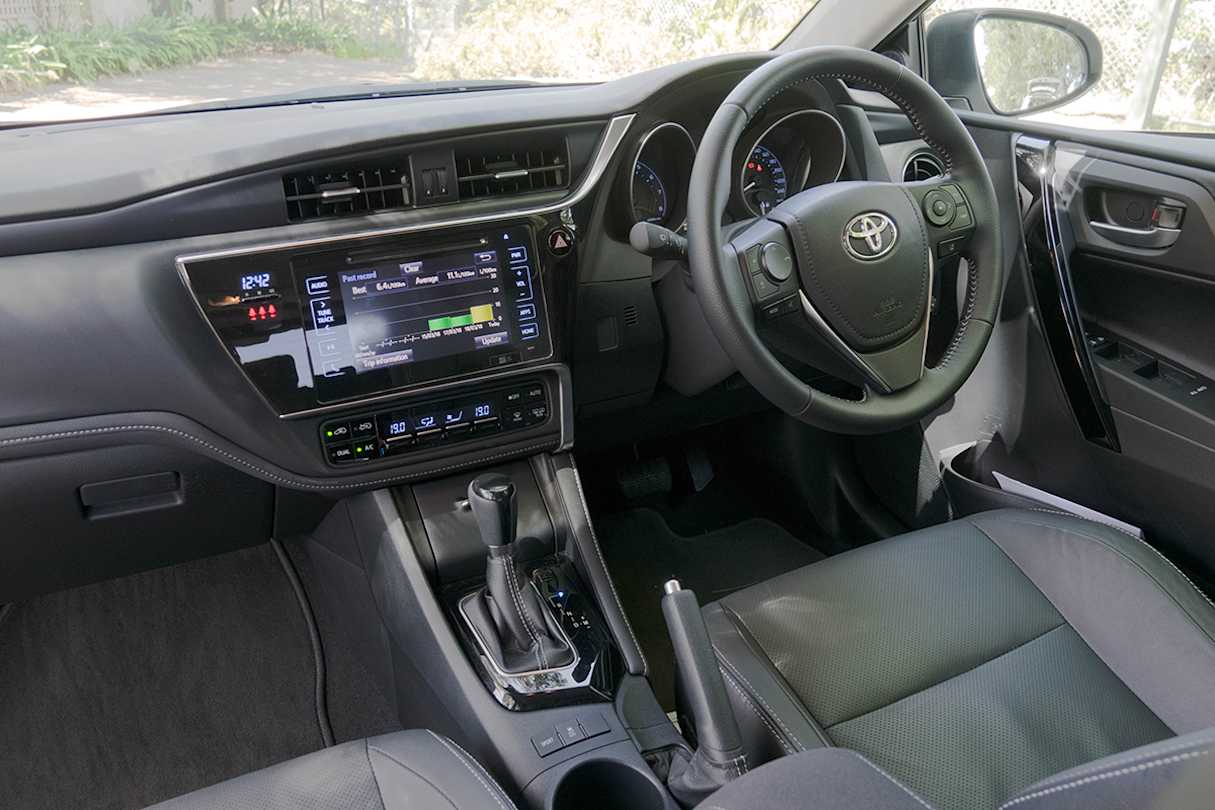
Despite being a shorter car, the turn-in is a bit slower, and the electronic steering is lacks feel. But the Corolla still responds well when you dig it into a corner. There’s plenty of adhesion on tap and while the rear end can scuttle a little bit on bumpy roads, the response from the suspension tune on the independent MacPherson front and the torsion-beam rear is respectable.
There is a sport button down in the centre console that modifies the CVT’s behaviour, making it hold ‘gears’, but it’s more of a gimmick than anything else. As expected, drive goes through the front wheels.
But while the Mazda 3 is a better drive, its initial 60,000km of servicing will add up to $1909. A Hyundai i30 will be a sizeable chunk less, at $1116. But the Corolla will cost just $840 - that’s pennies!
All Toyota Corolla hatches also come with a five-star ANCAP rating.
Pulling into the driveway, slipping back in through the back door and pretending I took a nap was easy enough - but trying to leave again wasn’t. Apparently, 23 is the age when everyone just needs to buy a house and get married. And guess who was in their social crosshairs…
Heading home, the large price of the Corolla ZR hatch continued to bug me. While it does admittedly meet the various minimum requirements of most small cars these days, so too does the Hyundai i30 and Mazda 3. And either for the same money or a few grand less.
While it doesn’t make much sense to fork out more than $30,000 on a brand-new, top-spec hatch that's lacking in equipment (particularly when an all-new replacement is on its way), there is at least some solace in purchasing a discounted machine that has been tried and tested to work, day in, day out.
Toyota Corolla 2018: Zr
| Engine Type | Inline 4, 1.8L |
|---|---|
| Fuel Type | Unleaded Petrol |
| Fuel Efficiency | 6.1L/100km (combined) |
| Seating | 5 |
| Price From | $18,700 - $23,650 |
| Safety Rating |
|
Verdict
There’s no denying that the looks of the ZR hatch are seductive, it's short, sharp, and slightly mysterious. But while its looks could melt the coldest of hearts, the ZR hatch is not the pick of the Corolla range. That goes to the Ascent Sport.
And while the entire range is due for a replacement, the imminent arrival of its successor has resulted in a swathe of dealer-wide discounts you’re unlikely to see again.
Pricing Guides
.png)




















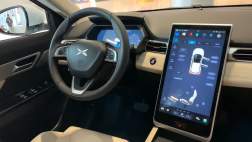

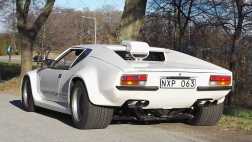
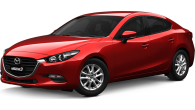

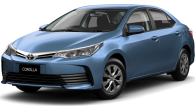
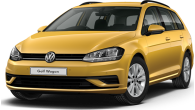













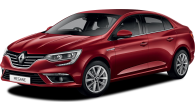
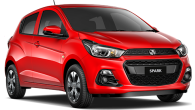
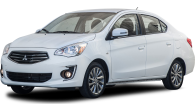






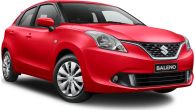





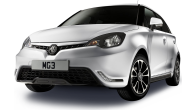


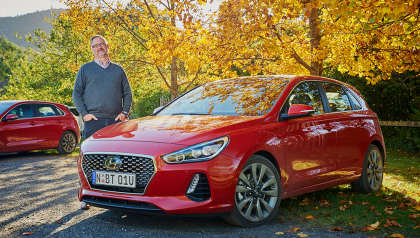
.jpg)




